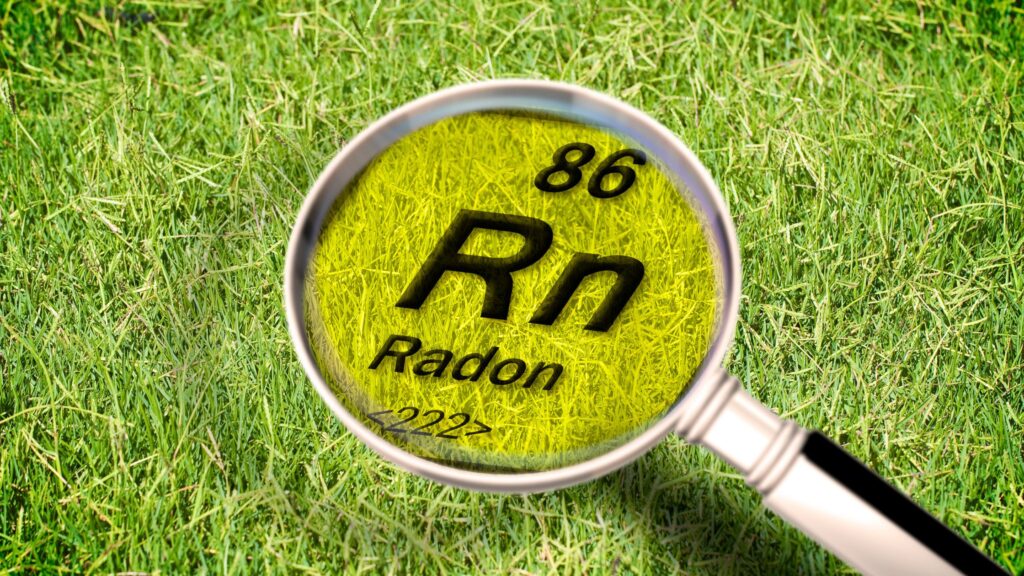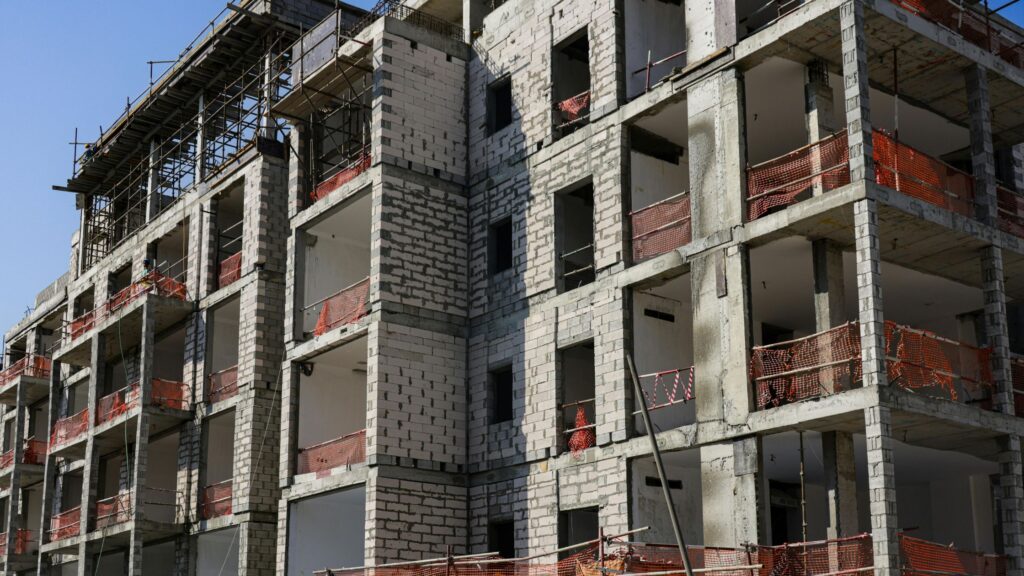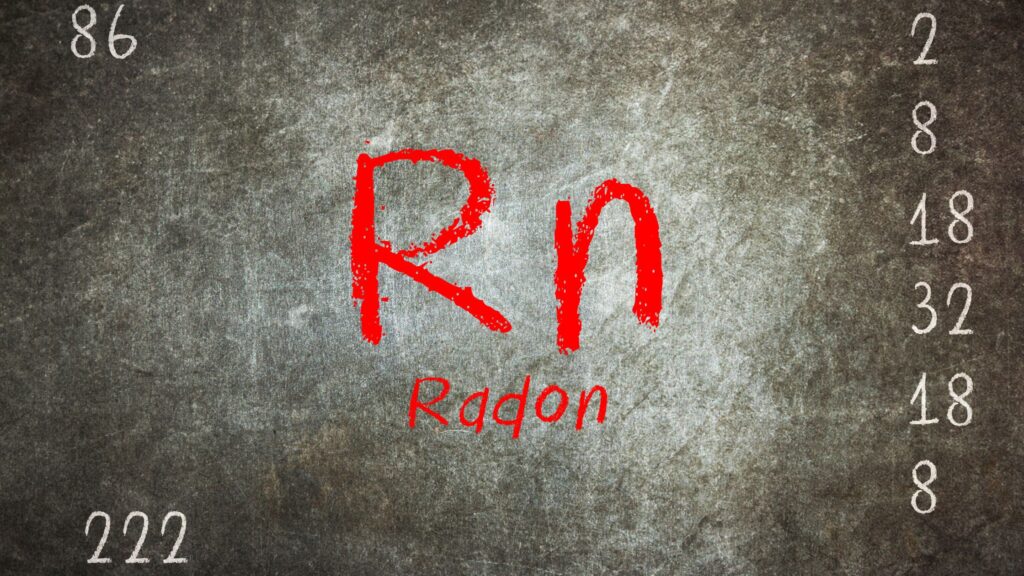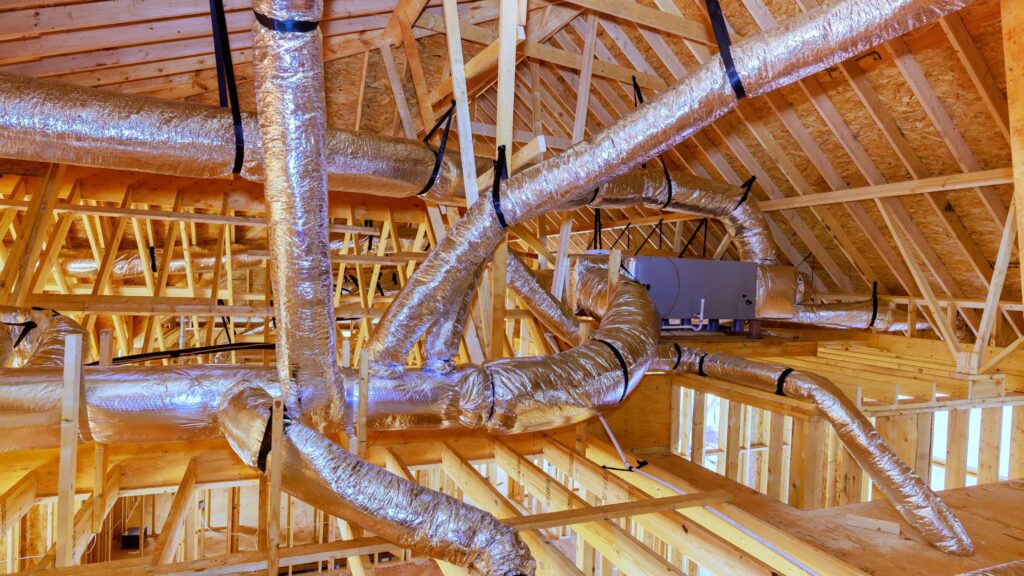Radon is a naturally occurring radioactive gas that can accumulate indoors and threaten occupant health if left unchecked. While residential radon control is common, large structures demand specialized solutions. A commercial radon mitigation system addresses these needs through engineered designs tailored for complex buildings. This article explores how these systems function, the challenges they face, and the best practices that ensure long-term success.
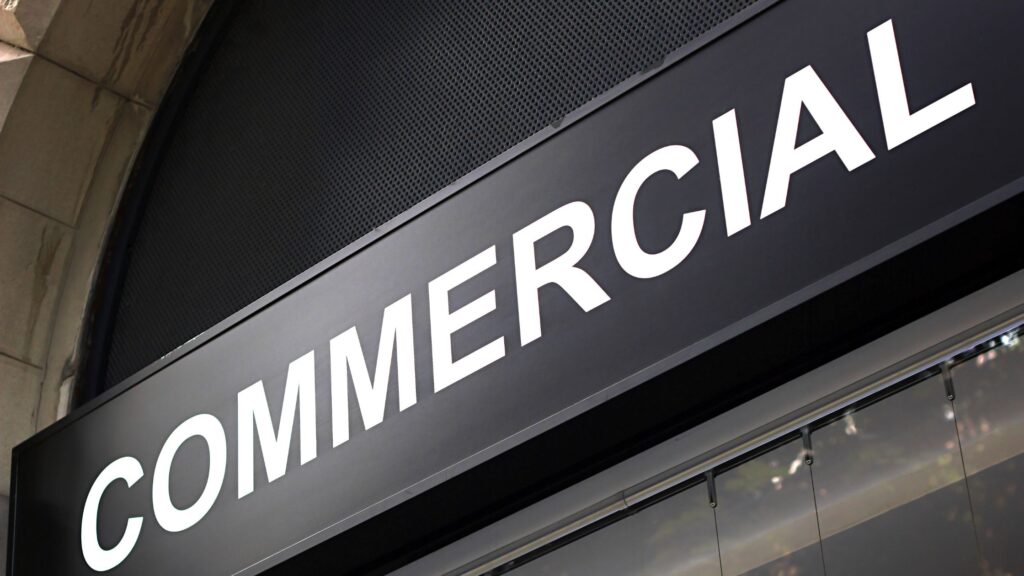
Why Commercial Radon Mitigation Matters
Commercial buildings often face unique risks:
- Multiple radon entry points across large footprints.
- Heavy occupancy that increases cumulative exposure.
- Lease or compliance obligations requiring testing and mitigation.
- Reputational and legal risks if hazards are ignored.
Mitigation protects employees, tenants, and visitors while strengthening a building’s long-term value.
Health and Regulatory Responsibility
Radon is recognized globally as a leading cause of lung cancer, which makes controlling it a public health priority. In commercial environments, owners and managers carry not just a moral duty but also a regulatory responsibility to maintain safe air quality. Many jurisdictions require radon testing in schools, offices, and rental properties, and failing to comply can lead to legal action, fines, or lost tenants. Installing a certified commercial radon mitigation system demonstrates due diligence, protects occupants, and ensures the property meets safety and regulatory standards. Learn more about Radon Mitigation System Cost to Install.
How a Commercial Radon Mitigation System Works
A commercial radon mitigation system applies residential principles on a larger scale:
- Sub-slab depressurization (SSD) – suction points draw radon from beneath the foundation.
- Ventilation fans – create negative pressure to prevent gas from entering occupied spaces.
- PVC piping – routes radon outdoors above the roofline, away from intakes.
- Sealing – cracks, joints, and penetrations are sealed to reduce leaks.
- Monitoring – sensors, alarms, or telemetry confirm continuous operation.
- Zone balancing – large facilities may need multiple suction zones for efficiency.
By combining these elements, the system captures radon before it mixes into indoor air and ensures a healthier environment for occupants.
Key Design Considerations
When designing a system for commercial spaces, experts evaluate several critical factors:
- Soil conditions and permeability for suction strength.
- Slab thickness and layout across different building sections.
- Fan capacity to ensure efficient pressure without excess energy use.
- Airflow balance to prevent drawing radon into unintended zones.
- Access for maintenance so repairs can be done without disruption.
- Integration with HVAC to avoid interference with airflow systems.
Addressing these considerations helps create a system that is both efficient and reliable over the long term.
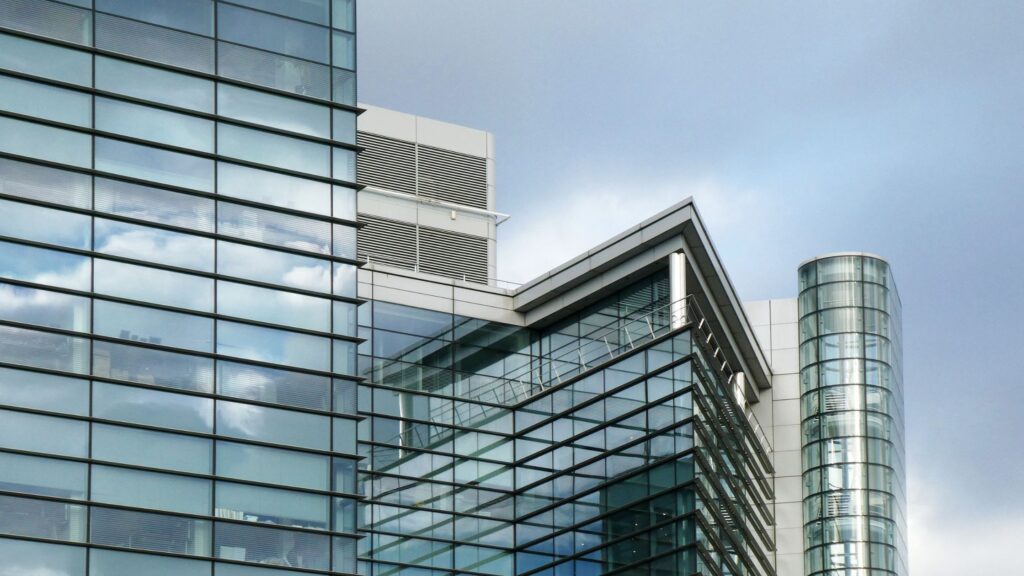
Common Challenges
Installing a commercial radon mitigation system is more complex than in residential settings, and large buildings often create unique difficulties that must be addressed carefully:
- Large footprints – require multiple suction points and extended piping networks.
- Energy efficiency – oversized fans waste power, undersized ones reduce effectiveness.
- Existing finishes – retrofits in finished spaces make routing difficult.
- Dynamic pressures – weather and seasonal changes affect radon movement.
- Maintenance needs – fans, sensors, and seals must be serviced regularly.
These challenges highlight why professional design and oversight are essential for reliable performance.
Best Practices for Commercial Radon Mitigation
Despite the challenges, proven methods help ensure that a mitigation system works effectively over the long term:
- Conduct detailed diagnostics before system design.
- Zone buildings strategically for balanced suction coverage.
- Integrate with HVAC to maintain air quality consistency.
- Install remote monitoring for fault detection and performance assurance.
- Follow industry standards like ANSI/AARST for soil gas mitigation.
Following these best practices ensures safe air quality, regulatory compliance, and long-lasting protection for building occupants.
Long-Term Maintenance and Monitoring
Installing a mitigation system is only the first step. For consistent protection, property owners must commit to regular upkeep:
a. Schedule annual inspections of fans, seals, and piping.
b. Replace fans proactively, since they typically last 7–10 years.
c. Check alarms and monitors regularly to confirm pressure levels are maintained.
d. Retest radon levels every 2–5 years, especially after renovations or HVAC changes.
e. Document all maintenance so compliance reports are always ready if requested.
By following these steps, building owners ensure that their commercial mitigation system continues to deliver reliable and lasting protection.
Selecting a Qualified Provider
Not every contractor has the expertise to handle large-scale projects. When hiring a company for a commercial radon mitigation system, check:
- Proper certification and licensing.
- Documented experience in large buildings.
- Use of engineered plans and CAD drawings.
- Transparent reporting and assumptions.
- Options for long-term service and monitoring.
Choosing the right provider ensures your investment delivers safe air quality and compliance without costly future issues.
Conclusion
A commercial radon mitigation system is not just a technical installation—it is a safeguard for public health, regulatory compliance, and long-term property value. By working with a certified provider, building owners can be confident that their facilities remain safe and efficient. For trusted solutions and expert support, partner with DSM Radon and protect your occupants with proven mitigation strategies.
Beyond safety, investing in a reliable system also demonstrates a commitment to environmental responsibility and occupant well-being. Businesses that prioritize indoor air quality often gain stronger tenant trust, smoother compliance audits, and greater long-term property value. In today’s competitive market, protecting people and property with proactive radon mitigation is both a smart and necessary decision.
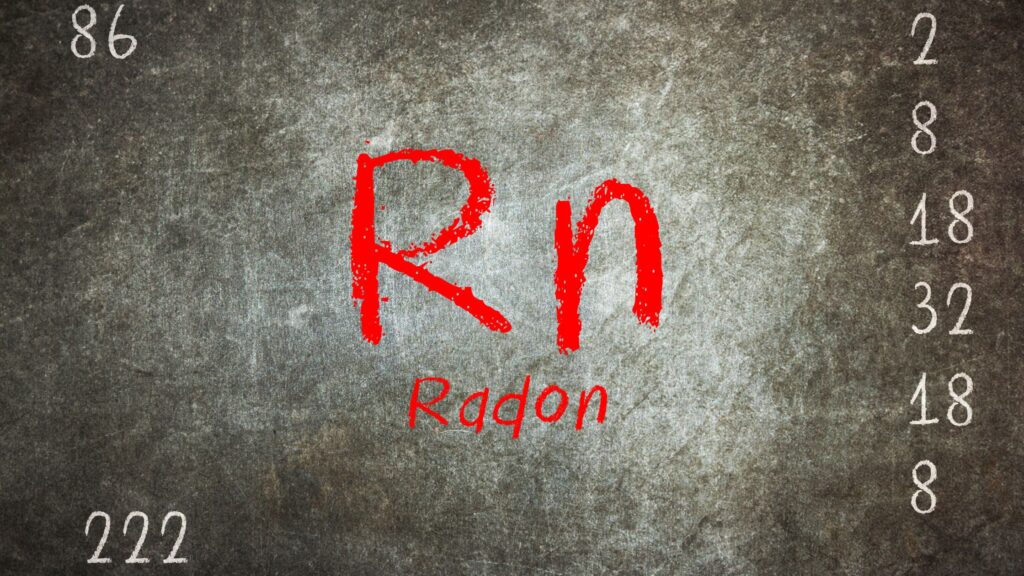
FAQs
1. How much does a commercial system cost?
Costs vary by building size, soil conditions, and system complexity. Projects may range from several thousand to tens of thousands of dollars.
2. How often should the system be tested?
Performance should be checked annually, and radon levels retested every 2–5 years or after building modifications.
3. Can these systems affect HVAC performance?
Yes, if poorly designed. Proper integration ensures balanced airflow without disrupting heating or cooling systems.
4. How effective are they?When designed and installed correctly, commercial radon mitigation systems reduce radon levels by 80–99%.

